I know that there are many discussion about this, but none of the proposed solutions worked for me, so I will have to know at least if I was doing something wrong or I was hitting a limitation.
Step 1. I created the default .NET Core 2.0 WEB API project from Visual Studio, nothing special here, output type set to Console Application, running OK from Visual Stuido 2017 Community.
Step 2. I installed latest Docker Toolbox since I am running Windows 10 Home Edition, that installed also the Virtual Box.
Step 3. I added the following docker file next to the sln:
FROM microsoft/aspnetcore-build:2.0
WORKDIR /app
EXPOSE 80
COPY . .
RUN dotnet restore
RUN dotnet build
WORKDIR /app/DockerSample
ENTRYPOINT dotnet run
- Next
Step 4. I successfully build the image with a command like 'docker build -t sample1 .'
Step 5. The container successfully started to run, it was started by the following command 'docker run -d -p 8080:80 sample1'
Step 6. Pull info about the container using command docker logs c6
The following info was shown:
Interesting here is the address where the service is listening, this seems to be the same with the address I was getting when running the service directly from Visual Studio.
Is this the service address from the virtual machine that is running inside Virtual box ? Why the port is not 8080 or 80 as I mentioned inside of the "run" command ?
The container looks ok, something like:
Step 7.
Now starts the fun trying to hit the service from Windows 10 machine, was impossible using calls like http://localhost:8080/values/api I also tried calls like http://192.168.99.100:8080/values/api where 192.168.99.100 is the address of the default docker machine.
I also tried with something like 'http://172.17.0.2:8080/values/api' where the IP address was got after a call like 'docker inspect a2', changing the port to 80 did not help :). Trying to change the port number to 80 or 58954 , the one shown in red as listening, did not help. Also Windows Firewall or any other firewalls were stopped.
I tried to port forward from VirtualBox having something like
Trying to change the 80 and 8080 ports between them for host and guest also did not work.
Basically none of the suggested solutions I found did not gave me the chance to hit the service from my Windows machine.
Mainly I was following this tutorial https://www.stevejgordon.co.uk/docker-for-dotnet-developers-part-2 which explains quite well what should be done only that at some point is using the Docker Desktop for Windows so the Docker Toolbox was left behind.
Do you know what should I do so that I can hit the service from the docker container ?


